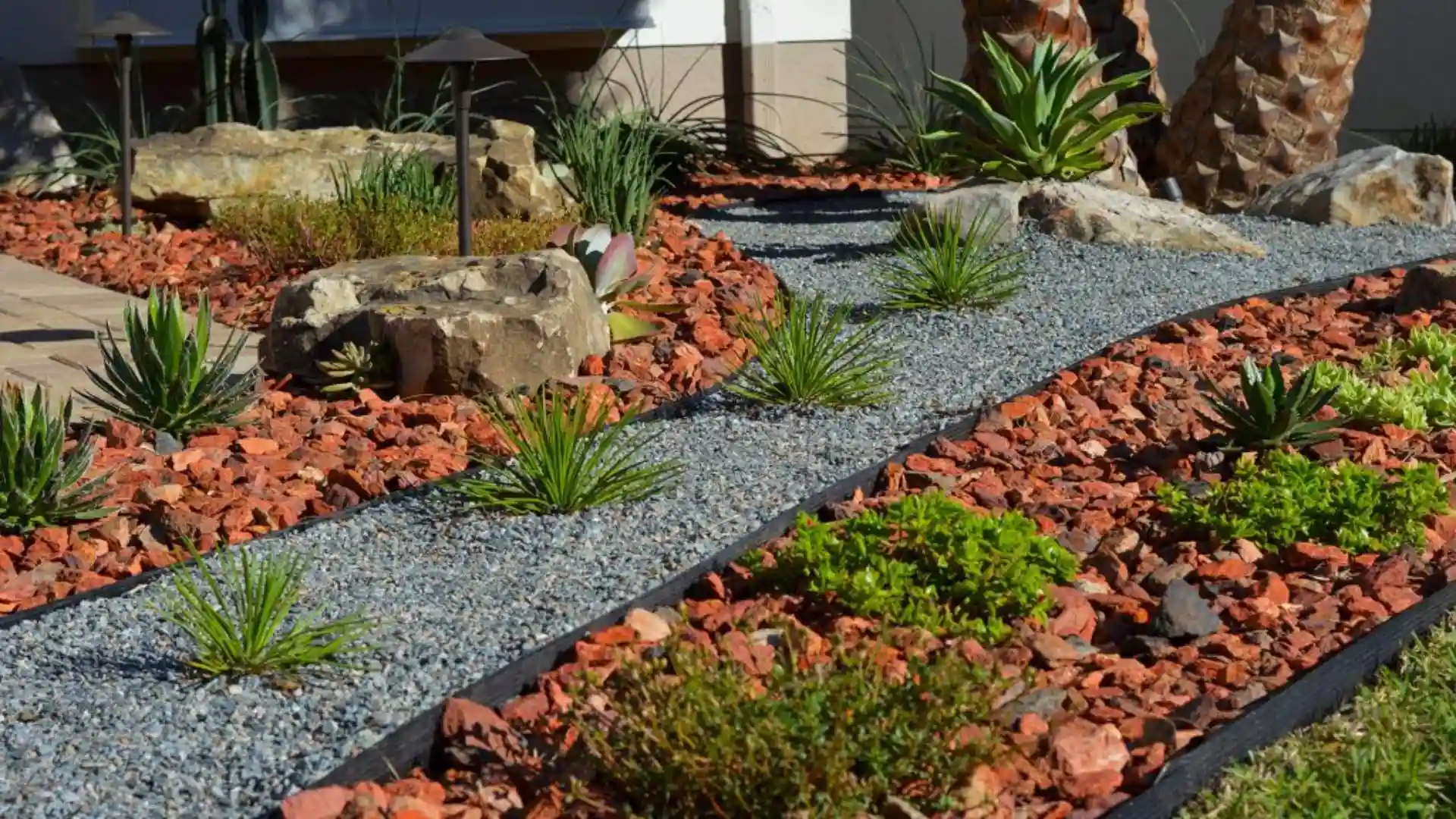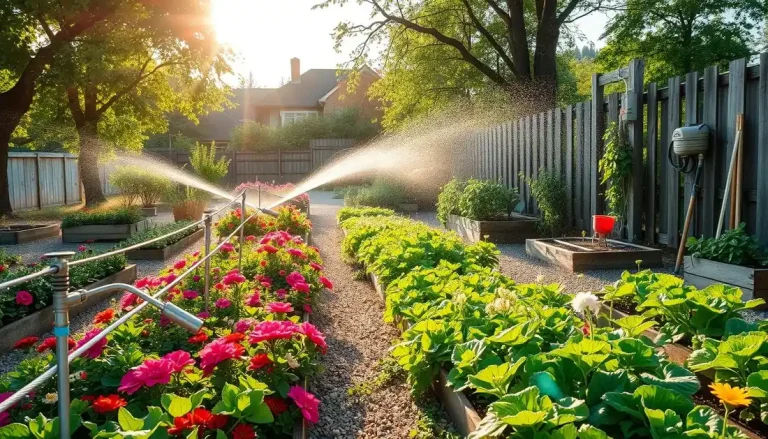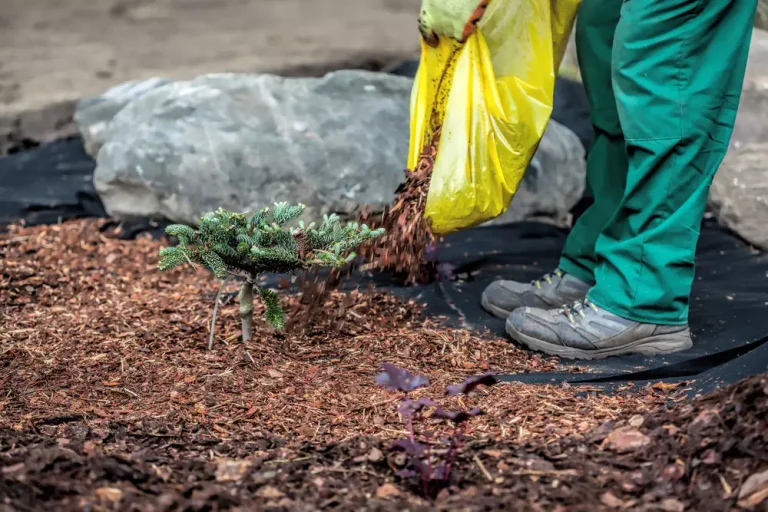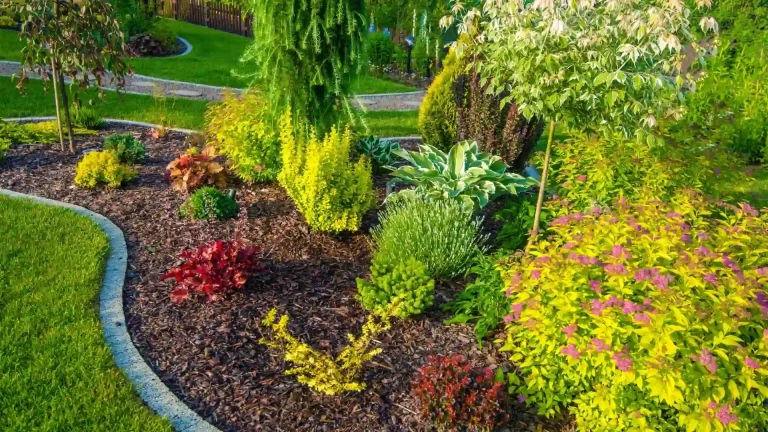Ultimate Guide to Professional Xeriscape Garden Maintenance for Year‑Round Success
Even though xeriscape gardens are designed to reduce water use and labor compared to traditional landscapes, they still require informed, consistent care to function optimally. Without professional-level oversight, garden systems degrade, plants suffer, and the water-saving promise may erode over time.
In many cases, property owners assume “low maintenance” means “no maintenance,” which is a dangerous assumption. Over time, drip lines clog, soil chemistry becomes unbalanced, weeds encroach, and plant vigor declines. According to landscaping authorities, xeriscapes that lack proper maintenance eventually revert to neglected, inefficient landscapes.
Professional xeriscape garden maintenance includes preventive tasks like irrigation audits, scheduled pruning, soil management, mulching, weed control, and seasonal adjustments. This approach protects your initial investment in design and installation, ensures long-term aesthetic appeal, and maximizes water savings.
Key Maintenance Domains and Practices
Irrigation Systems: Audit, Clean, Adjust
Irrigation is the lifeline of a xeriscape. Over time, even well-installed systems lose efficiency.
-
Conduct emitter inspections monthly to identify clogging or reduced flow. Replace or clean emitters where the flow is inconsistent.
-
Flush lines at the start of each season to remove sediment or mineral buildup.
-
Check for leaks or damaged tubing, especially near roots or hardscape edges, where tubes may shift or degrade.
-
Adjust schedules based on season, rainfall, and plant maturity. Mature plants often require less frequent watering.
-
Use smart controllers or moisture sensors to override watering when the soil remains moist or when rain is forecast.
By maintaining clean, tight, and responsive irrigation systems, you ensure water is delivered precisely where needed and not wasted by leaks or evaporation.
Soil Health & Mulch Management
Xeriscape success largely depends on the rooting environment and mulch regime.
-
Perform soil tests annually for pH, organic matter, and nutrient levels. Most xeric plants prefer lean soils; excessive fertilizer often does more harm than good.
-
Amend soils gradually, if needed, with compost or coarse organic matter to improve structure and drainage.
-
Apply mulch layers (organic or inorganic) at 2–4 inches. Mulch moderates soil temperature, retains moisture, and suppresses weeds.
-
Refresh or replenish mulch every 1–2 years, watching for areas that have thinned or decomposed.
Healthy soil improves root development, water retention, and resilience against drought or stress.
Pruning, Grooming & Deadheading
Plants in drought-prone landscapes benefit from regular but careful pruning.
-
Deadhead spent flowers to redirect energy into plant health.
-
Thin out dense growth to improve airflow and reduce fungal or pest threats.
-
Shape without excessive cutting, avoiding over-pruning, which can stress plants in dry conditions.
-
Remove dead or diseased parts immediately to prevent spread.
These practices maintain the visual structure of the landscape while minimizing stress on plants.
Weed Control & Invasive Species Management
Even in a well-mulched xeriscape, weeds and invasives still find opportunities.
-
Hand-pull or spot-spray weeds as soon as they appear, before seeding.
-
Use weed barriers or pre-emergent treatments in critical zones to reduce germination.
-
Maintain clean, sharp edges to prevent lawn or turf weeds from creeping into beds.
-
Ensure groundcover or dense plantings fill in open soil gaps to choke out weeds naturally.
Weed control preserves water, reduces competition, and keeps the garden looking intentional.
Seasonal & Periodic Maintenance Tasks
Beyond monthly or weekly tasks, a professional program includes:
-
Evaluate plant zones each season; some may need relocation, replacement, or thinning.
-
Divide overgrown perennials or succulents every few years to refresh vigor.
-
Inspect for pests and diseases at transitions (spring, summer).
-
Upgrade irrigation components as technology improves (emitters, controllers, sensors).
-
Flush the system annually and perform a full system audit (pressure, coverage, leaks).
These deeper tasks ensure your xeriscape continues to evolve and perform well over time.
Real-World Tools & Products for Professional Xeriscape Maintenance
Below are five practical, readily available products that support professional xeriscape care. Each entry includes detailed functions, benefits, use cases, and where to buy.
1. Razor‑Back 71113 Garden Hoe
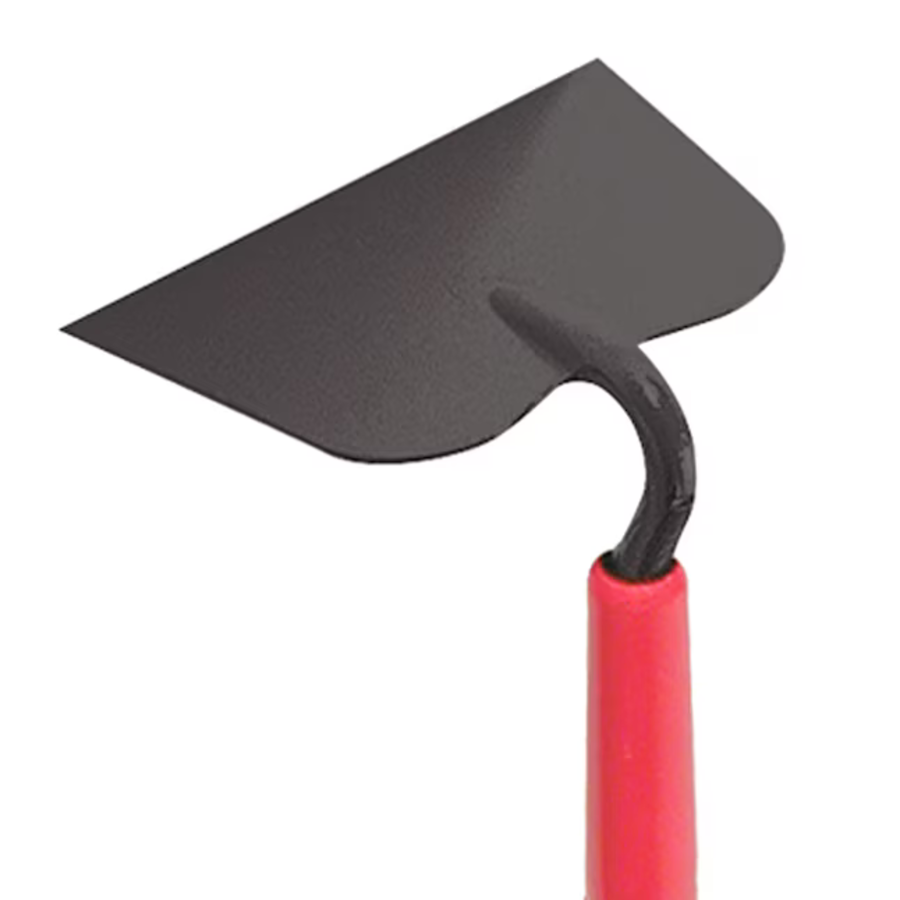
This durable, angled hoe is ideal for cultivating around xeric plant roots, breaking crusted soil surfaces, and removing weeds before they take hold.
Benefits & features:
-
Blade shape allows deep action without damaging roots.
-
Sturdy construction ensures longevity, even in coarse soils.
-
The angle provides leverage to break up compacted surfaces.
Use case/problem solved:
After extended dry spells, the topsoil in xeriscape beds may compact and crust, preventing water infiltration. The Razor‑Back hoe loosens the surface, enabling better moisture entry. Also, you can use it to cut young weeds just under the surface before they develop deeper roots.
Where to buy & how to buy:
Often available through industrial and garden suppliers. Use the above product name link to check stock and pricing.
2. Garden Tool Set 8 Pcs Heavy Duty Aluminum
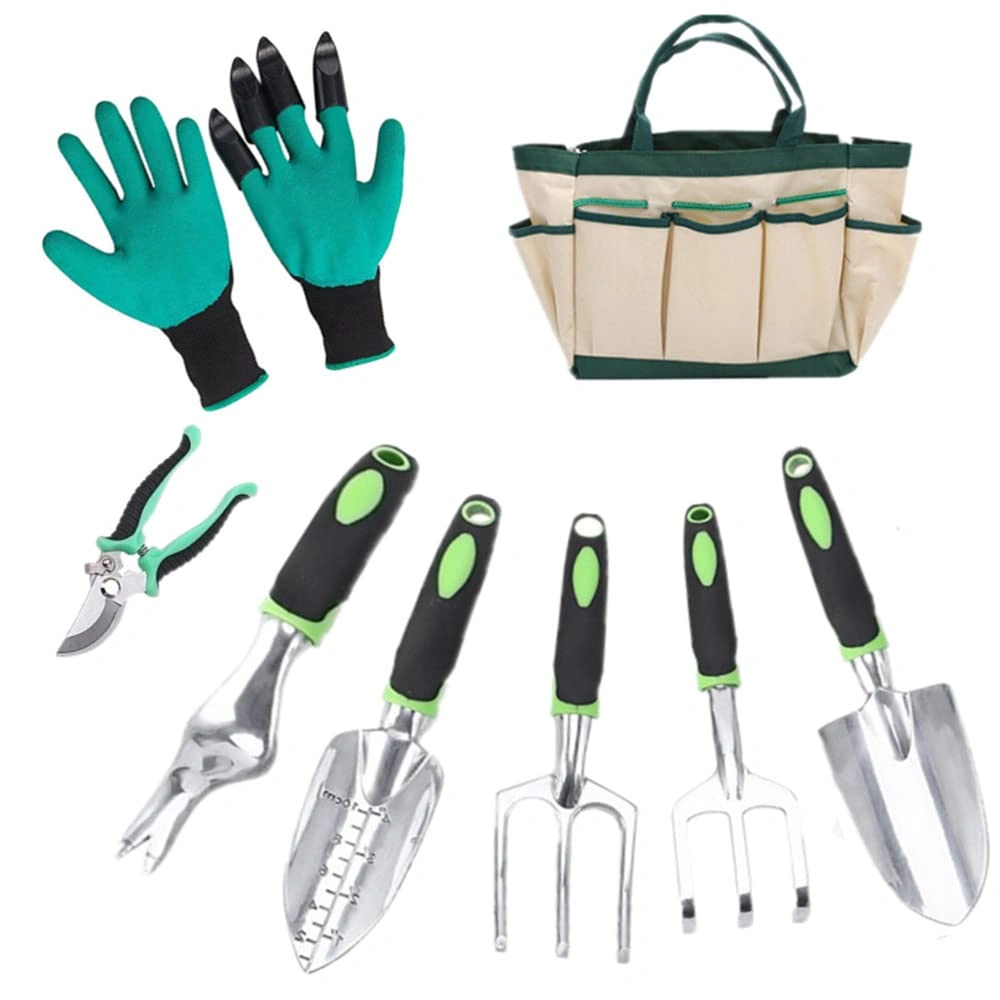
This full hand-tool kit includes a trowel, cultivator, weeder, transplanter, forks, and more, useful for detailed maintenance in xeric beds.
Benefits & features:
-
Rust-resistant aluminum composition ideal for humid or variable climates.
-
Ergonomic non-slip handles for sustained use.
-
A complete set ensures you have the right tool for delicate tasks.
Use case/problem solved:
During seasonal inspections or new planting insertion, you need precise, small tools to work between established plants. These tools let you fertilize minimally, place mulch, or touch soil without disturbing the main root zones.
Where to buy & how to buy:
Available via online garden retailers and general marketplaces; follow the product link for vendor options.
3. Seymor Midwest Structron Leaf & Shrub Rake 12102GRA
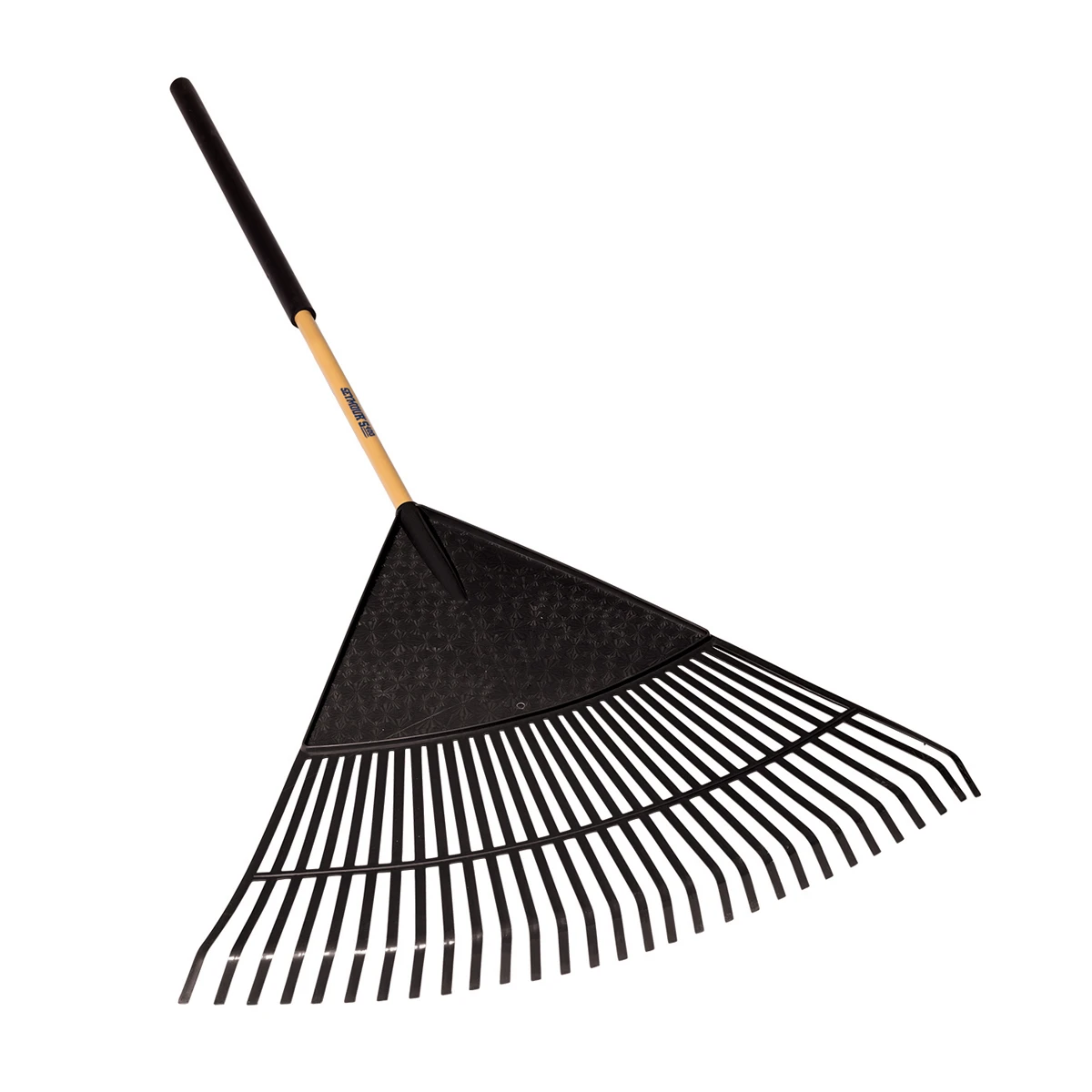
A robust rake with adjustable reach and sturdy tines, perfect for clearing debris in rocky, mulched xeriscape settings.
Benefits & features: The telescoping or extendable handle reaches varying depths.
-
Strong tines hold up under heavier debris loads.
-
Light enough to avoid damaging soil or plants.
Use case/problem solved:
Mulch, fallen leaves, twigs, or rock erosion may accumulate over plant surfaces, hindering water absorption. This rake helps you gently clear debris without disturbing root zones or damaging mulch layers.
Where to buy & how to buy:
Check garden supply houses or the linked retailer URL to compare sizes and availability.
4. Cyclone Garden Spade
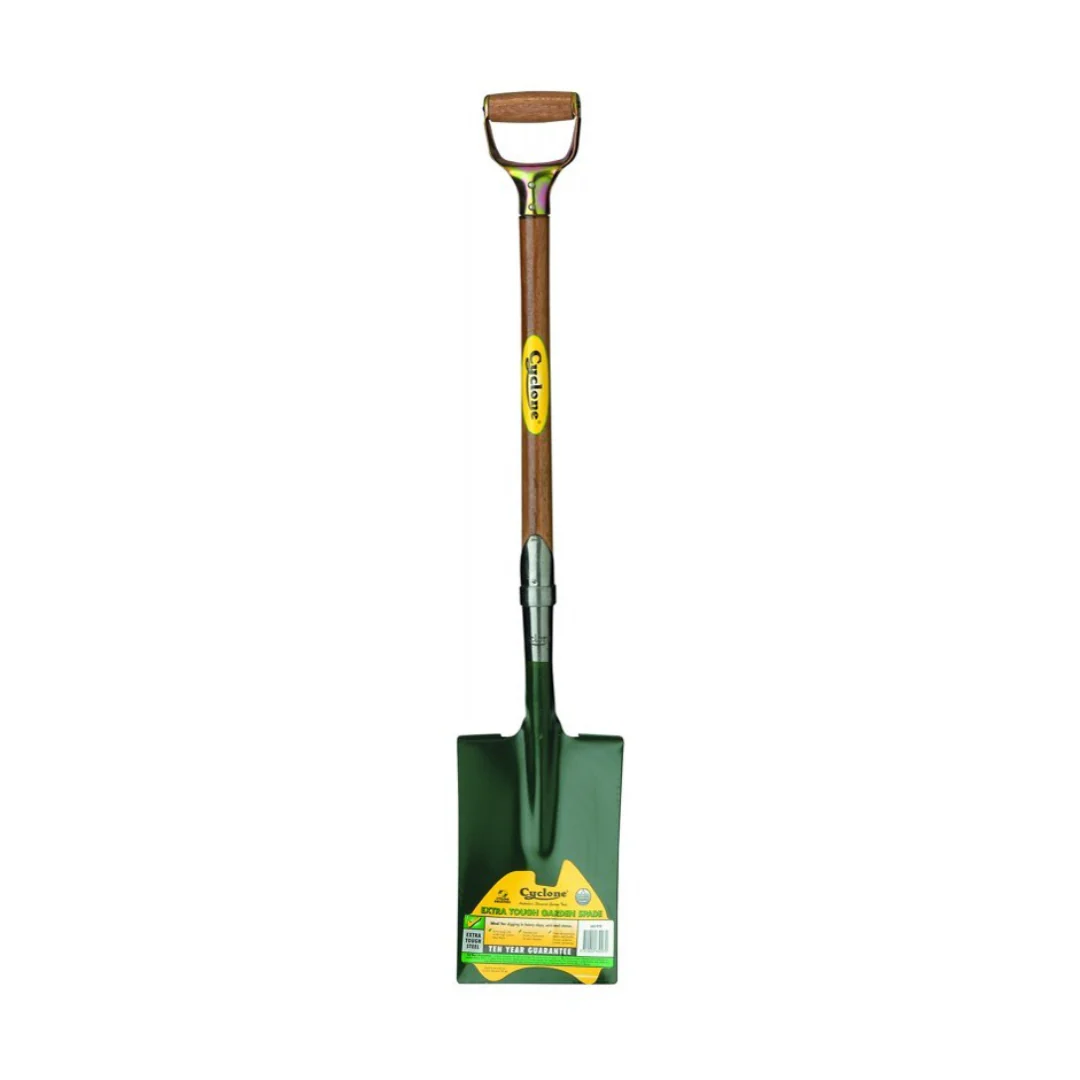
A compact but heavy-duty spade ideal for edging, root barrier insertion, or creating planting holes in tough soil.
Benefits & features:
-
Sharp, hardened blade penetrates dense or rocky helps makepe is helpful in making trench edges.
-
Balanced handle design for leverage.
Use case/problem solved:
When needing to install root barriers, shape borders, or create planting holes in compact beds, the spade gives clean, deep cuts with minimal disturbance to surrounding plants. In xeric soils, edges matter for channeling water properly.
Where to buy & how to buy:
Available through general garden tool suppliers; use the product name link to compare vendors.
5. Garden Claw Rake / Weeding Fork
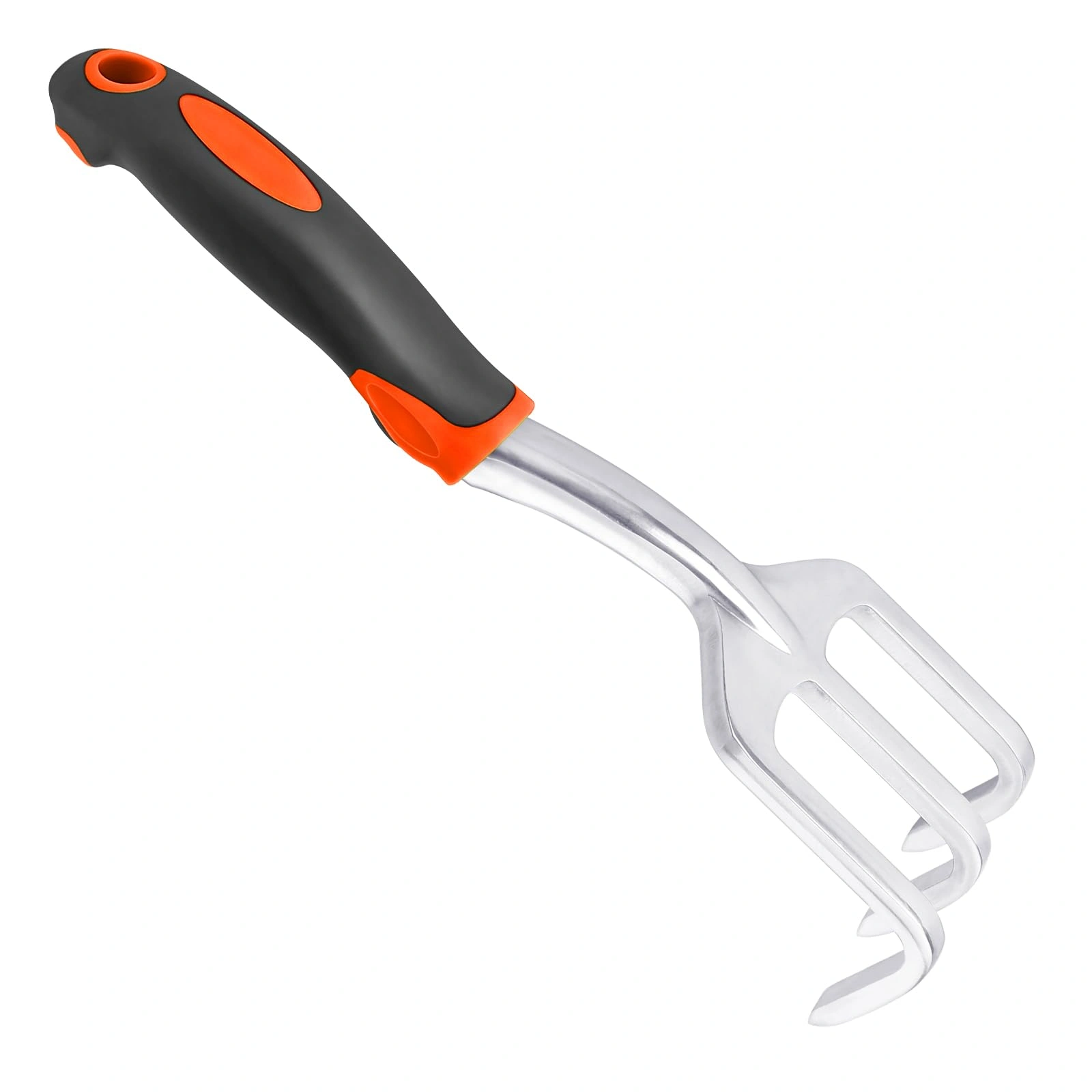
A versatile combination tool with clawed tines that helps aerate, loosen soil, and grip weeds or roots. The clawed fits & features:
-
Clawing dislodges the grip and loosens the roots.
-
Good for turning soil in tight spaces.
-
Useful for mixing light soil amendments into the surface.
Use case/problem solved:
In dense xeriscape beds, compact soil or interwoven roots may prevent water percolation. The claw rake helps you break up shallow zones, pull surface roots or weeds, and integrate light compost or amendments without full-scale tilling.
Where to buy & how to buy:
Check gardening centers or online tool vendors for availability and shipping to your region.
How to Choose a Professional Xeriscape Maintenance Service
While DIY xeriscape upkeep is possible with the right tools and knowledge, hiring a professional ensures consistency, precision, and often, lower long-term costs. When selecting a maintenance provider, look for contractors with direct experience in drought-tolerant landscaping, not just general lawn care.
Ask the following:
-
Do they specialize in low-water or native plant landscapes?
-
Can they perform irrigation audits, soil testing, and smart controller programming?
-
Do they understand local climate and regional xeric plant species?
-
Are they licensed or certified by landscape or irrigation associations?
A qualified xeriscape maintenance professional should also provide seasonal service plans, track water usage, and offer improvement suggestions that align with sustainability goals. Whether you manage a residential yard, HOA property, or commercial space, the right partner can help your landscape thrive for years with less water, fewer chemicals, and more reliability.
Integrating Tools Into a Professional Maintenance Workflow
These tools become powerful when used in a coordinated maintenance regimen:
-
Before watering zones, use a moisture probe (not listed above) to confirm need.
-
Use the Razor‑Back hoe or Claw rake to loosen surface compaction or shallow crusting.
-
Clear debris or mulch displacement with the Leaf & Shrub rake.
-
Use the spade to edge zones or open planting holes for replacement specimens.
-
During inspection rounds, use hand tools from the tool set for exacting tasks (weeding, side mulching, soil touch-ups).
By layering these tools across seasonal cycles daily, weekly, monthly, and annually you maintain control, minimize damage to plants, and preserve water efficiency.
Month-to-Month & Seasonal Maintenance Strategy
Here’s a sample calendar for a professional xeriscape program. Adjust to your climate and plant palette.
Monthly (during growth season):
-
Run test cycle through irrigation zones; check all emitters.
-
Clear debris and fluffy leaves from beds.
-
Light prune non-flowering or spent parts.
-
Weed early.
-
Use hand tools for spot soil aeration or mulch refreshing.
Quarterly:
-
Reassess irrigation schedules; reduce zones if possible.
-
Top-dress mulch or add soil amendments.
-
Divide or relocate overcrowded plants.
-
Inspect for pests or disease.
Annually:
-
Perform a full system flush and pressure test.
-
Soil chemistry test and mild amendments.
-
Upgrade any worn irrigation parts.
-
Major pruning or plant reorganization.
-
Deep edge renewal.
Consistent implementation of this schedule supports plant health, reduces resource waste, and keeps the garden visually sharp.
Benefits of Professional Xeriscape Garden Maintenance
When executed properly, this level of care brings multiple advantages:
-
Maximized water savings: Efficient systems and responsive adjustments reduce waste.
-
Longer plant life: Preventive care and early detection protect specimens.
-
Stronger aesthetics: Clean edging, mulched surfaces, and healthy plant forms maintain a polished look.
-
Lower lifecycle cost: Regular care is far cheaper than replacing plants or repairing failures.
-
Improved performance under stress: Well-maintained xeriscapes resist drought, heat, and pest stress more successfully.
Using technology (sensors, controllers) alongside robust tools helps you measure, manage, and optimize every aspect of the garden’s performance.
How to Buy Tools & Where to Source Them
-
Use the product names above to search on reputable gardening marketplaces, industrial tool suppliers, or local horticultural shops.
-
For international shipping, ensure your vendor supports delivery to Indonesia or your region.
-
Consider buying sets or local equivalents to reduce shipping costs.
-
Check warranties, shipping times, and import duties.
-
When possible, purchase from local distributors or horticultural suppliers to support faster replacement and service.
Frequently Asked Questions
Q1: How often should I water mature xeriscape plants under professional maintenance?
A1: Mature xeric plants often need watering only every 2–4 weeks, depending on climate, soil, and species. Always use soil checks or moisture probes rather than fixed schedules.
Q2: Can I skip fertilizer entirely in a xeriscape?
A2: Many xeric plants thrive in lean soils. Fertilization should and timed, such as during establishment with organic or low-nitrogen formulas only when needed.
Q3: How do I know when to replace irrigation components?
A3: Replace emitters when they no longer provide uniform flow after cleaning. Replace tubing with wear, cracks, or persistent leaks. Upgrades to smarter controllers or pressure-compensating lines are often cost-effective investments.
